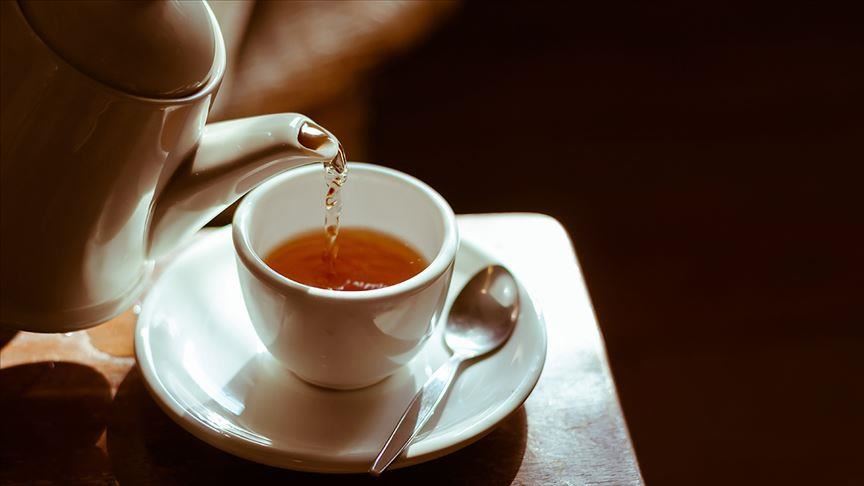
MOSCOW
Inspired by its refreshing and invigorating taste, nations around the world have created their own traditions around drinking the hot soothing beverage known to all as tea.
In Russia, where tea is a part of daily life in all seasons, "tea-drinking," or chayepitiye, refers to more than just simply consuming the brewed delicacy.
It is an event in itself – a feast where guests are served cup after cup of piping hot tea along with various sweets and pastries that complement its distinct flavor.
One feature of such tea parties is a special accessory known as the “samovar” – also well known in Turkey as semaver – which literally means "self-brewer."
It is a two-part vessel consisting of a large metal container for water crowned with a teapot.
In the past, samovars had a little stove at the bottom for burning coal to heat up and boil the water. Today, though, samovars rely solely on electric heaters.
Samovars were once an integral feature of Russian houses. Families which included several generations each, with five or six children on average, needed a pot big enough to serve everyone.
At the time, the capacity of samovars was measured not in liters but in buckets.
The situation today is a far cry from the past, as samovars are used only when entertaining a large number of guests, that too with a measuring standard in liters.
Watch your lips
At samovar tea parties, the beverage is consumed from saucers instead of cups.
This is because Russians tend to like their tea very hot so that it "burns the lips" – the capacity of a saucer allows only a limited number of sips at once, without much time for the tea to cool down.
They also prefer the tea to be very strong in flavor and unsweetened. Instead of mixing sugar in their tea, Russians bite into lumps of sugar and then sip the beverage, a process known as "drinking tea while biting."
In the past, there used to be special “sugar heads” for samovar tea-drinking – round lumps of sugar the size of a human head from which people chipped off pieces to bite.
'A drink with jam and bread'
Other traditional accompaniments are milk, lemon, honey, and jams made the Russian way. There are also pastries made of yeast-leavened dough, whose ingredients are almost always the same but can vary in the degree of doneness.
Even the names of their breads reflect the degree of baking. “Sushki”, for example, are small, crunchy, mildly sweet bread rings baked to the hardness of dry bread, and the word itself also means "dried."
The dryness is meant to prolong its shelf life and because Russians like to dunk their pastries into their tea. However, guests are also offered variety – sponge cakes, biscuits, puffy bread, and short crust pastries of different flavors – all of which were introduced to Russians by different cultures.
Over the years, tea in Russia has grown into something bigger than a simple beverage, and an invitation to tea is considered a sign of fondness and hospitality.
In Russia, the samovar is seen as a symbol of a warm home and family ties as well as something that is truly Russian and owned by the nation.
Eminent writer Valentin Rasputin best captured the essence of its importance in his words: "Tea without samovar is not real tea. No taste at all, a watering and nothing else."
Anadolu Agency website contains only a portion of the news stories offered to subscribers in the AA News Broadcasting System (HAS), and in summarized form. Please contact us for subscription options.







